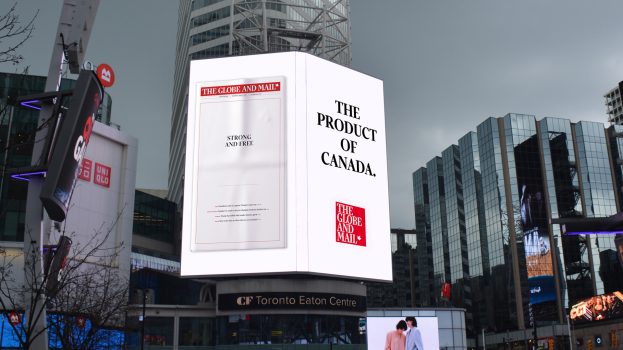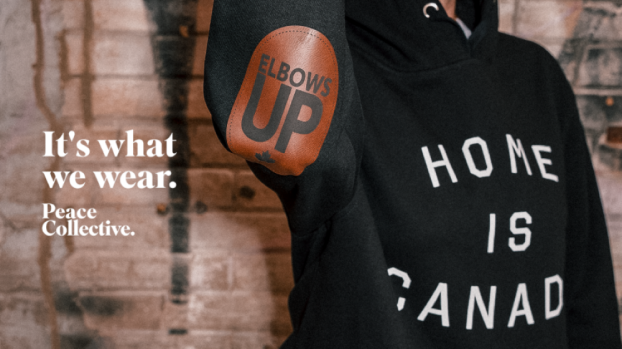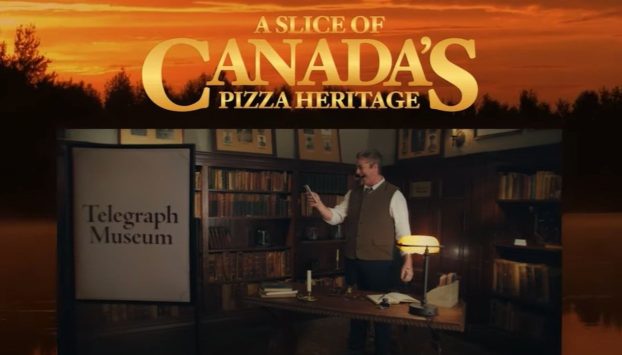The explosion of campaigns where media companies have done it on their own – without agency creatives – no doubt attests to the media community’s increasing creative and technical resources. At some point, however, someone has to create the promos, art direct the newspaper ads or write the radio scripts, and it’s only because the media owners are filling in that gap that agency creatives can be dispensed with.
Now, in some cases, the media owners are going even further and dispensing with both agency creatives and media buyers – and that’s a trend media companies aren’t as enthusiastic about.
This has been made possible by common ownership of media in Canada, which has brought forth the convergence campaigns, spearheaded by the likes of CanWest Global and Bell Globemedia, which can generate a range of media opportunities in-house.
For example, the ongoing ‘Believe BC’ campaign was created by account executives Nick Misisco and Bruce Shepherd of CanWest’s year-old convergence team on the West Coast – and executed without the involvement of agency creatives or media operation.
Launched late last year after a provincial change in government, Sept. 11 and a protracted period of economic gloominess in B.C., the ‘Believe BC’ campaign was designed to champion success stories, says Misisco.
CanWest made $3 million worth of television time, print space and Internet space available to brag about B.C.’s resources, tourism, business, technology and people – among other topics – which attracted sponsors such as Canadian Direct Insurance, Jordan’s Furniture and Crystal Decisions. CanWest staff did the creative.
Television interstitials on Global BC and CH in Victoria, full-page ads in the Vancouver Sun, The Province and Vancouver Area Newspaper Network community papers, and Internet links on Canada.com provided the platform. Subsequently, advertiser-supported, multi-page supplements about B.C.’s manufacturing, transportation and natural resources like mining and forestry have generated $5 million in revenues, says Misisco. Traditional advertisers such as Safeway, Bell Mobility and Pharmasave are also offered Believe BC tie-ins, such as 60-second interstitials, as a premium.
‘This brand is not going away,’ says Misisco, pleased with the campaign’s support not only from the advertiser base, but also from politicians such as B.C. Premier Gordon Campbell, who has extolled its virtues for morale.
In other convergence campaigns, CanWest provided a multimedia platform for the BC Cancer Society with interstitials, print profiles of survivors and scientists, and a Web site for online donations. Again, while Vancouver’s Wasserman & Partners Advertising handled outdoor for the campaign, no stand-alone media company was involved.
Tourism Vancouver’s summer ‘Invite the World’ campaign is another example of media owners working directly with the client. The promotional effort involved Global BC weatherman Wayne Cox in a convergence-oriented pitch to get CanWest viewers and readers to send postcard invitations to friends and family around the world.
In general, selling convergence to planners, Misisco says, has been ‘up and down’ with some agencies challenging the opportunities offered by CanWest. But ‘everyone has been open to the idea,’ he says. ‘No one has shut the door. The advertising world is changing so rapidly. We’re just part of that change.’
‘It’s a money grab,’ responds Vancouver-based media buyer David Stanger, of DSA Baron Communications, adding that media companies are trying to strong-arm media planners into handing over entire budgets. ‘The media companies have more or less declared that if media buyers aren’t prepared to look at [convergence] proposals, then the media companies will go over their heads and go directly to the clients. Media companies are not soliciting these proposals.’
Convergence campaigns fly in the face of basic advertising and marketing planning, he maintains, as the best plans result from selecting the media best suited to the challenge, regardless of ownership. By buying a media bundle, an advertiser may not be getting the best media placement possible in terms of target audience or even geography.
‘I’m not convinced that convergence is in the advertiser’s best interests,’ concludes Stanger, who considers convergence plans every week, but has yet to buy one intact. ‘It’s the easy way out. A convergence campaign has to be driven by a planner who knows the media owner’s properties.’























